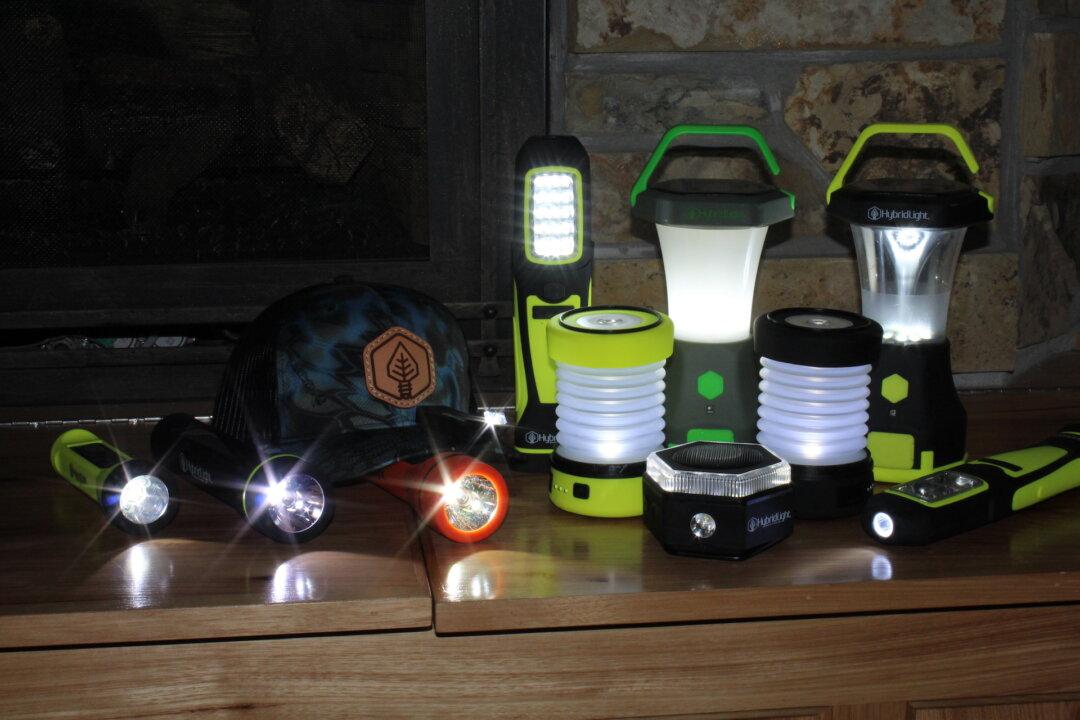When someone straddles a motorcycle and sets off down the road, even if it’s their main mode of transportation, they join a club of free thinkers who experience the world up close. Sometimes, that experience includes bugs in the face or being rained on, but that goes with the territory, and there are ways to mitigate those as well as other less-than-pleasant aspects of riding.
The Appeal of Adventure
There are two reasons to ride a motorcycle, which often merge into one. Firstly, getting from Point A to Point B, and, secondly, experiencing adventure. In some cases, a motorcycle, most commonly referred to as a “bike,” is simply an affordable way to get around. For others, it’s an adventure machine; seeing a motorcycle roar past on the highway, carrying a couple wearing helmets and leather jackets, elicits the thought “They look like they are having fun”—which is probably the case unless it’s snowing or raining heavily.Movies and television romanticize motorcycles, showing characters ranging from “The Fonz” in “Happy Days” to the “Sons of Anarchy” roaring down the highway. Once a person becomes comfortable riding a motorcycle, it’s only natural to develop a bit of swagger climbing aboard. The preferred way to make that happen is to focus intently on learning how to ride. Choosing the right gear and clothes should always come in a very distant second to learning the rules of the two-wheeled road. Because there’s a very fine line separating an adventure from an ordeal, proper preparation is cheap insurance.






